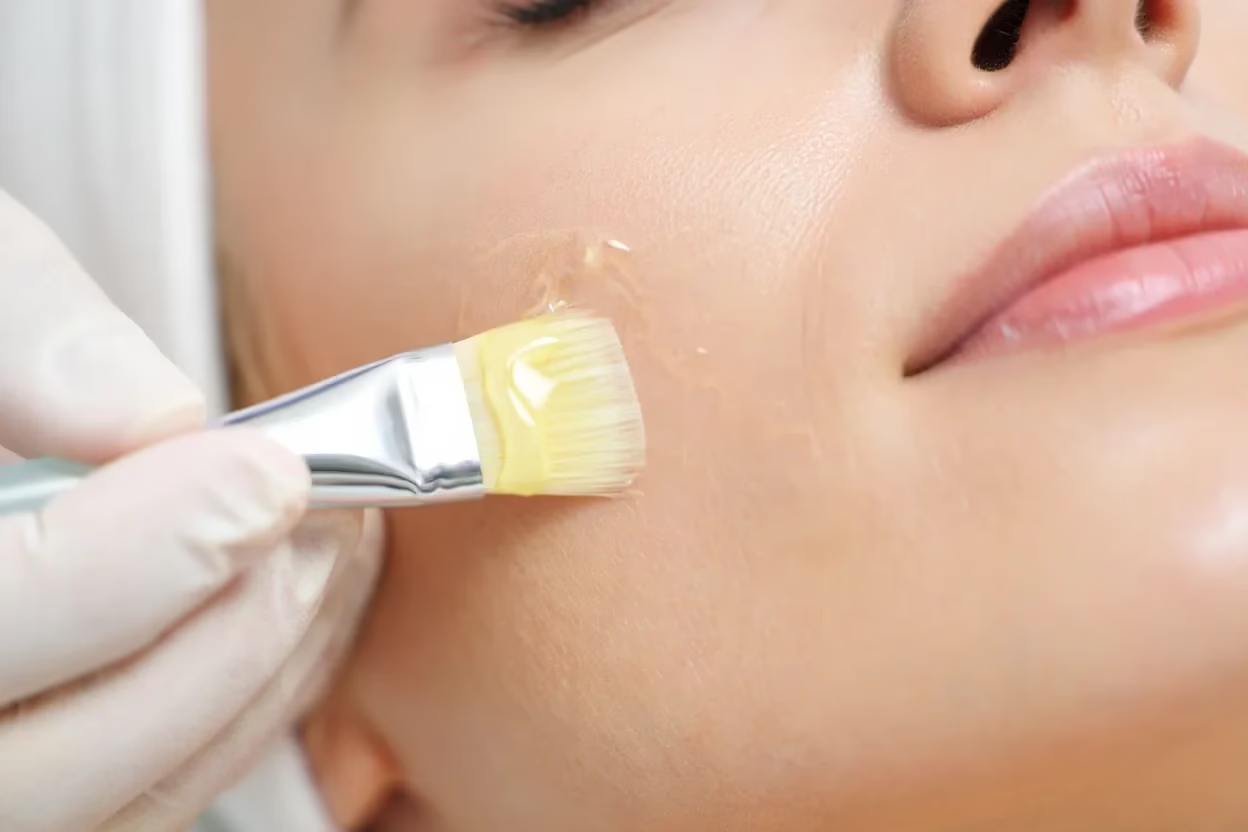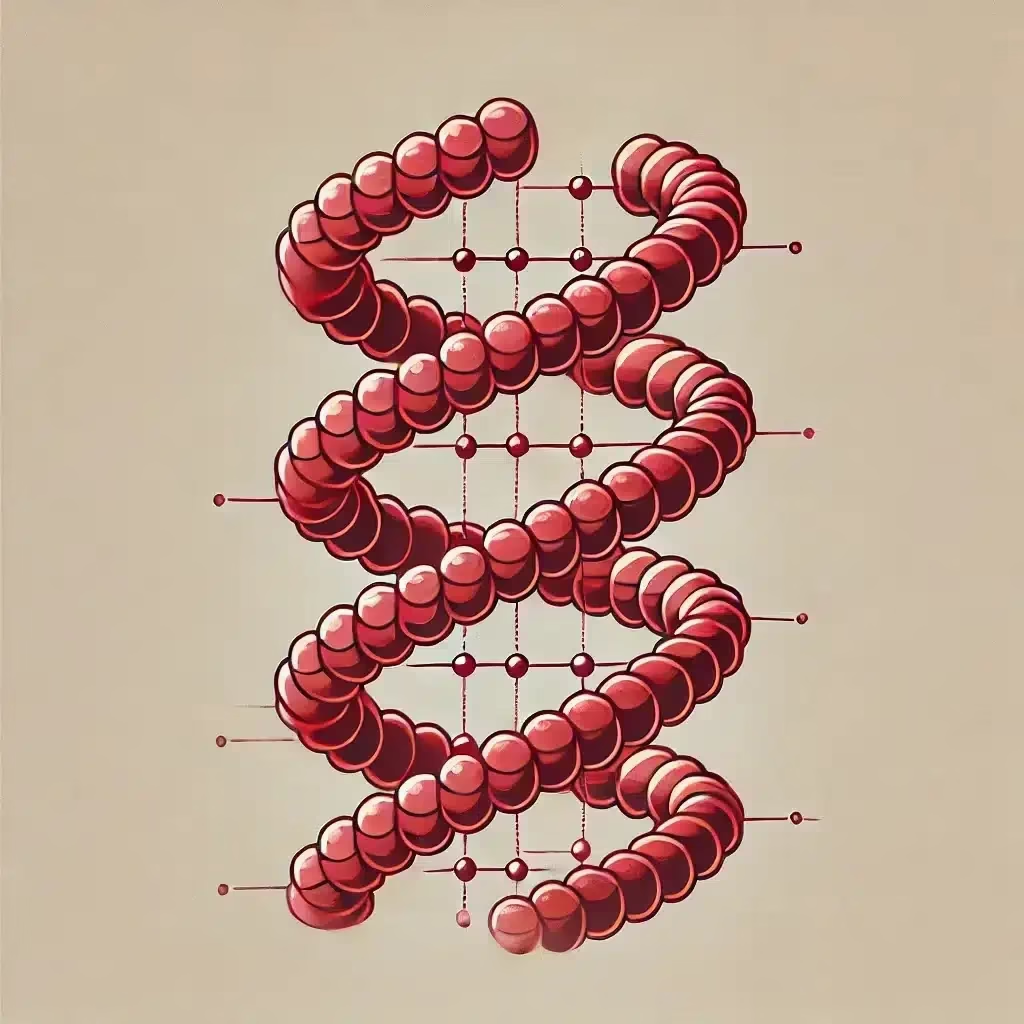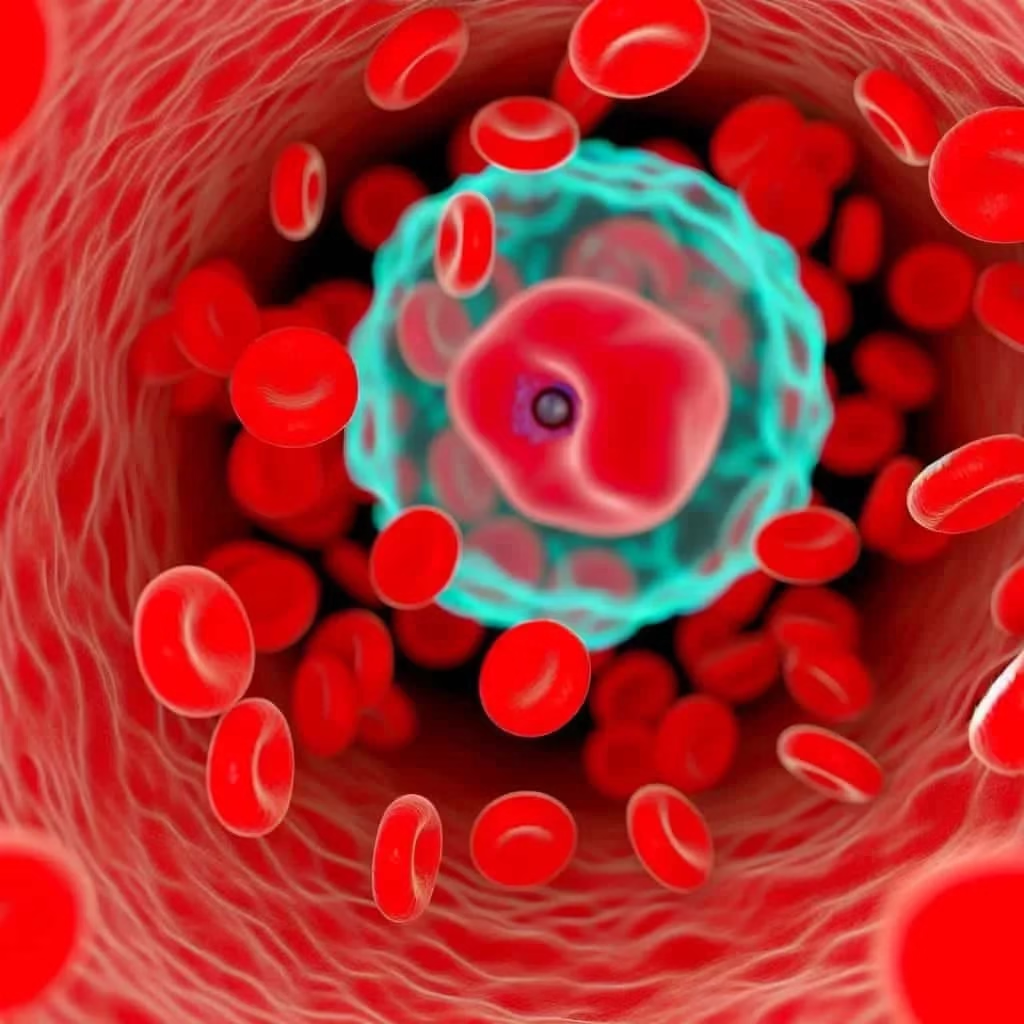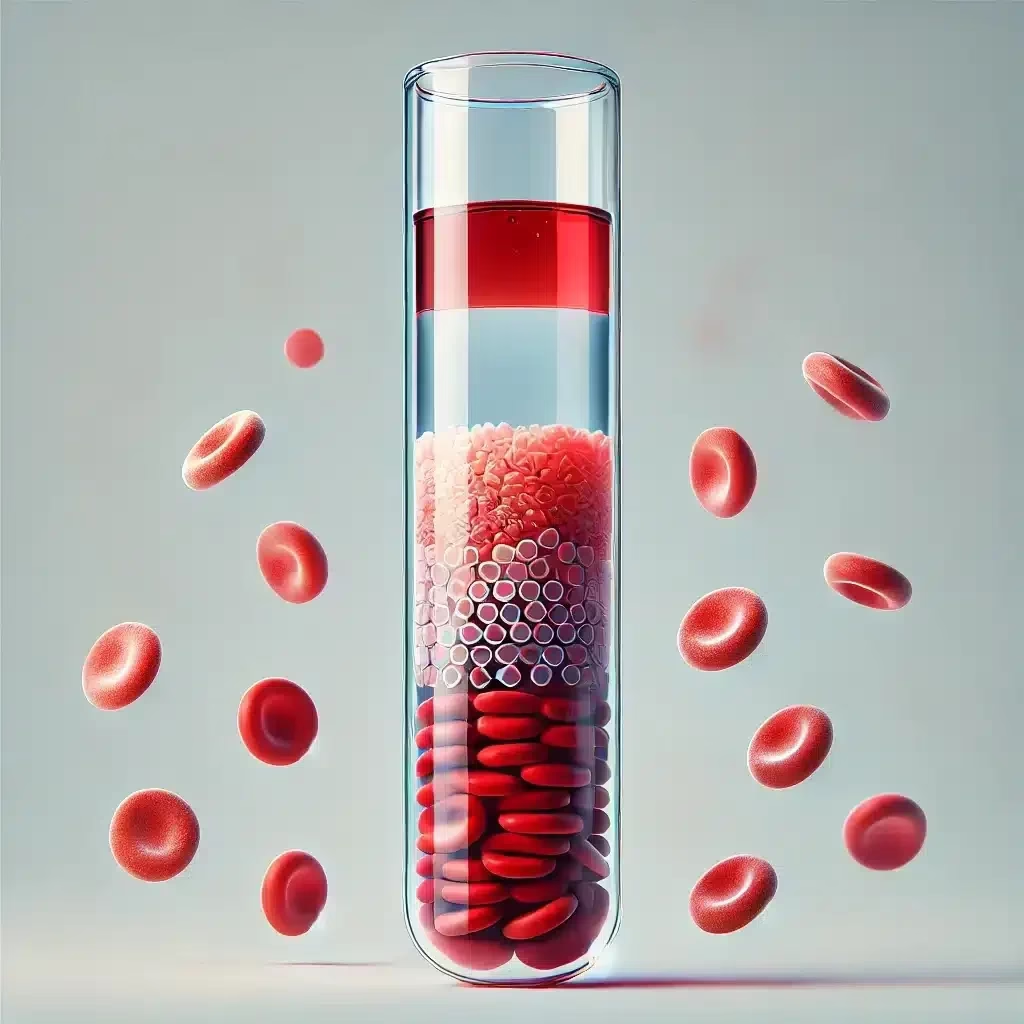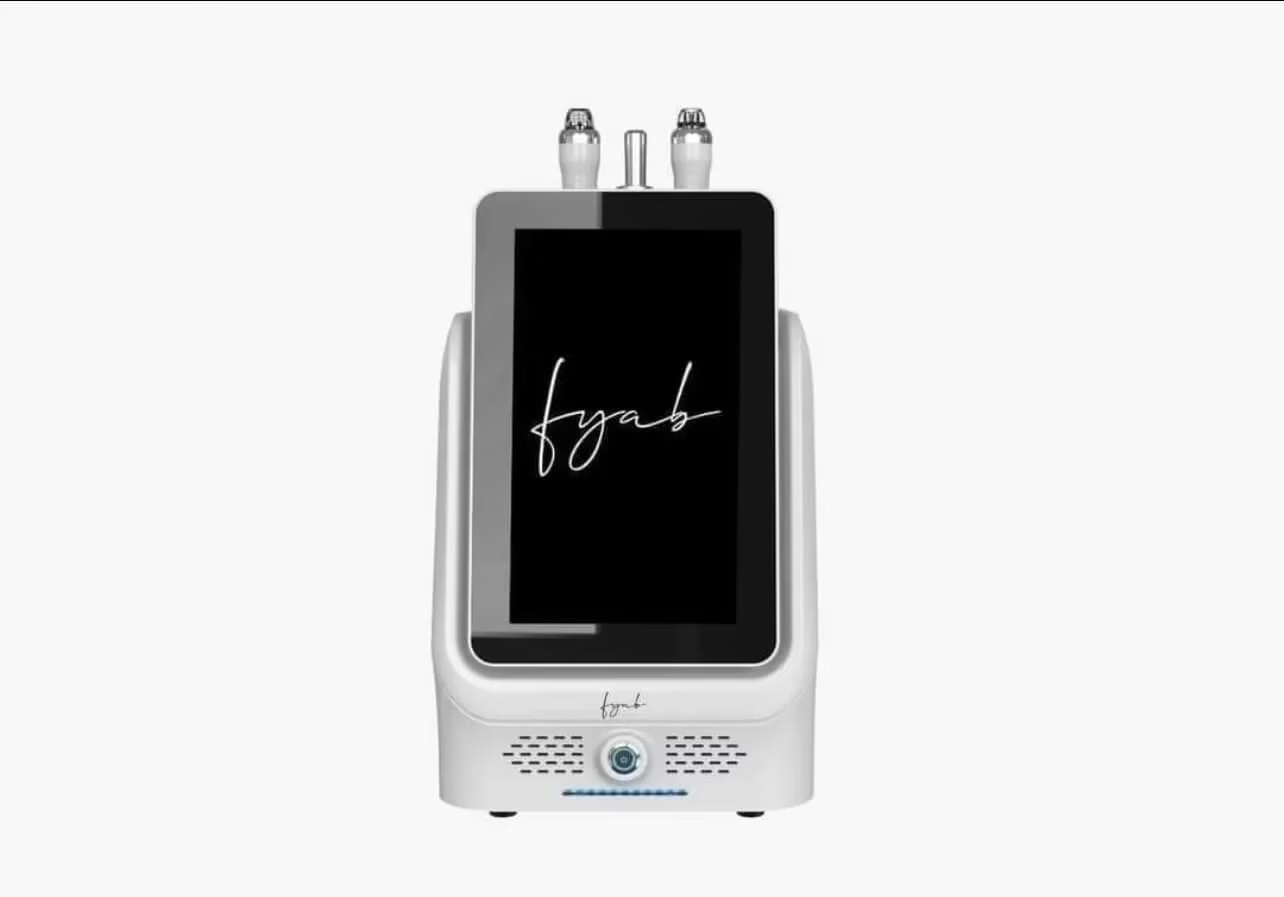Introduction to Acne Scar Treatments
Acne scars, particularly atrophic scars, can significantly impact quality of life. This comprehensive review explores five key acne scar treatments: dermal fillers, platelet-rich plasma (PRP)/platelet-rich fibrin (PRF), microneedling, radiofrequency microneedling, and polydeoxyribonucleotide (PDRN). We’ll examine each treatment based on clinical evidence, efficacy, safety, and recent innovations.

The Importance of Treating Acne Scars
Acne scarring is a common and distressing consequence of acne vulgaris. These scars can persist long after active acne has resolved, causing both physical and psychological impacts. The first step in managing acne scars is to ensure that active acne is under control. Early and effective treatment of acne remains the best strategy to prevent or limit postacne scarring.
Types of Acne Scars
Before delving into acne scar treatments, it’s crucial to understand the different types of acne scars:
Atrophic Scars: These are the most common type of acne scars. They appear as depressions in the skin and are further classified into:
- Ice Pick Scars: Deep, narrow scars that extend into the dermis.
- Boxcar Scars: Round or oval depressions with sharp vertical edges.
- Rolling Scars: Wider depressions that give the skin a wave-like appearance.
Hypertrophic and Keloid Scars: These are raised scars that occur when the body produces too much collagen during the healing process.
The choice of acne scar treatments often depends on the type and severity of scarring present.
Comprehensive Review of Acne Scar Treatments
Radiofrequency Microneedling (RFM)
Overview:
Radiofrequency microneedling combines traditional microneedling with radiofrequency energy to stimulate collagen production at deeper skin layers. This synergistic approach makes it particularly effective for moderate-to-severe atrophic scars.
Efficacy:
Clinical studies have shown significant improvements in acne scarring after using RFM as a monotherapy. One notable study reported that 80.64% of patients showed a two-grade improvement in acne scar grading. This high efficacy rate positions RFM as one of the leading treatments for acne scars.
Mechanism of Action:
The microneedles create controlled micro-injuries in the skin, while the radiofrequency energy heats the deeper layers of the dermis. This combination stimulates collagen and elastin production, leading to skin remodeling and improvement in scar appearance.
Pros:
Effective for deeper scars
Minimal downtime (typically 3-5 days)
Suitable for all skin types, including darker skin tones
Can treat large areas in a single session
Cons:
Higher cost compared to standard microneedling
Requires multiple sessions for optimal results (usually 3-4 treatments)
May cause temporary redness and swelling
Innovations:
Recent advancements in RFM technology have introduced devices that allow real-time customization of energy levels. This improvement enhances precision and safety, allowing practitioners to tailor treatments to individual patient needs and skin types.
Microneedling with PRP/PRF
Overview:
This treatment combines traditional microneedling with platelet-rich plasma (PRP) or platelet-rich fibrin (PRF). Microneedling creates controlled micro-injuries to stimulate healing, while PRP or PRF enhances this process by delivering growth factors.
Efficacy:
PRP has shown promising potential as a therapeutic option in the treatment of acne scars. Studies have demonstrated that it stimulates regeneration and collagen synthesis, leading to gradual improvement in scar texture and volume. When combined with microneedling, improvements in the range of 62-70% in scar severity have been reported.
Mechanism of Action:
The microneedles create channels in the skin, allowing for better penetration of the PRP or PRF. These platelet-rich solutions contain growth factors that accelerate healing and stimulate collagen production.
Pros:
Improves skin texture and tone
Enhances natural healing processes
Autologous treatment with low risk of adverse events
Can be combined with other treatments for enhanced results
Cons:
Results may vary depending on treatment protocol
Requires blood draw for PRP/PRF preparation
May need multiple sessions for optimal results
Innovations:
The use of PRF is gaining traction due to its longer-lasting release of growth factors compared to PRP. PRF forms a fibrin-based matrix that acts as a natural scaffold, potentially leading to more sustained improvements.
Dermal Fillers
Overview:
Dermal fillers, particularly hyaluronic acid (HA) fillers, are injected into scars to restore volume and improve skin texture. They are especially effective for depressed or atrophic acne scars.
Efficacy:
Clinical trials using HA fillers as a monotherapy have consistently shown favorable outcomes and significant improvement using various assessment scales. One notable study reported improvement in 96% of participants after just one month of treatment.
Mechanism of Action:
Fillers work by physically filling the depressed areas of atrophic scars, providing immediate volume correction. Some fillers also stimulate collagen production over time, leading to long-term improvements.
Pros:
Immediate volume correction and visible results
No serious adverse events reported in most studies
Can be combined with other treatments for enhanced results
Suitable for patients seeking quick improvements
Cons:
Best suited for depressed or atrophic acne scars
May require periodic maintenance treatments
Results are temporary, lasting 6-18 months depending on the filler used
Innovations:
Recent developments include the use of biostimulatory fillers that not only provide immediate volume but also stimulate the body’s own collagen production. Combination treatments with other therapies such as subcision, botulinum toxin A, and fractional CO2 laser treatment have shown promising results.
Traditional Microneedling
Overview:
Microneedling, also known as collagen induction therapy, involves creating controlled micro-injuries to the skin using fine needles. This treatment remains a popular option for mild-to-moderate acne scars due to its simplicity and effectiveness.
Efficacy:
In comparative studies, microneedling has provided better treatment outcomes compared to other treatments like chemical peels for acne scar treatment. One study reported that 73.33% of patients in the microneedling group achieved treatment efficacy compared to 33.33% in the chemical peel group.
Mechanism of Action:
The micro-injuries created by the needles stimulate the body’s natural wound healing processes, leading to increased collagen and elastin production. This results in improved skin texture and reduction in the appearance of scars.
Pros:
Cost-effective compared to more advanced treatments like RFM and fillers
Safe for darker skin tones with minimal risk of post-inflammatory hyperpigmentation
Can be combined with topical treatments for enhanced results
Minimal downtime
Cons:
Requires multiple sessions (usually 4-6) for optimal results
Limited efficacy for severe scarring
May cause temporary redness and mild swelling
Innovations:
Advanced microneedling devices now offer adjustable needle depths and automated systems for more consistent results. Some newer devices also incorporate LED light therapy or serums for enhanced effects.
Polydeoxyribonucleotide (PDRN)
Overview:
PDRN is a relatively new treatment option in the field of acne scar management. It is a tissue repair stimulator that promotes regeneration and has shown promise in various dermatological applications.
Efficacy:
While specific data on PDRN for acne scars is limited, it has shown promise in tissue regeneration and wound healing in other dermatological applications. More research is needed to establish its efficacy, specifically for acne scars.
Mechanism of Action:
PDRN works by stimulating the A2A adenosine receptors, which play a crucial role in tissue repair. This stimulation leads to increased fibroblast activity and collagen production.
Pros:
Potential for tissue regeneration
May complement other acne scar treatments
Minimal side effects reported in current studies
Cons:
Limited long-term data specifically for acne scars
May require multiple sessions for optimal results
Not as widely available as other treatments
Innovations:
Research is ongoing to determine the optimal protocols for using PDRN in acne scar treatment, including its potential in combination therapies.
Comparison of Acne Scar Treatments
To help visualize the differences between these treatments, here’s a comparative table:
| Treatment | Efficacy | Downtime | Number of Sessions | Best For | Cost |
|---|---|---|---|---|---|
| Radiofrequency Microneedling | High (50-75% improvement) | 3-5 days | 3-4 | Moderate to severe scars | High |
| Microneedling with PRP/PRF | Moderate to High (62-70% improvement) | 1-3 days | 3-6 | All scar types | Moderate to High |
| Dermal Fillers | High (96% improvement in some studies) | Minimal | 1-2 | Depressed scars | Moderate to High |
| Traditional Microneedling | Moderate (31-62% improvement) | 1-2 days | 4-6 | Mild to moderate scars | Low to Moderate |
| PDRN | Promising but limited data | Minimal | Multiple | Under investigation | Moderate |
Choosing the Right Treatment
When selecting an acne scar treatment, several factors should be considered:
- Scar Type and Severity: Different treatments are more effective for certain types of scars. For instance, dermal fillers work well for rolling scars, while ice pick scars might respond better to TCA CROSS technique.
- Skin Type: Some treatments, like certain lasers, may carry a higher risk of post-inflammatory hyperpigmentation in darker skin tones.
- Downtime: Consider how much time you can afford for recovery. Some treatments require minimal downtime, while others may need several days.
- Cost and Number of Sessions: Factor in both the per-session cost and the number of sessions required for optimal results.
- Combination Approaches: Often, a combination of treatments yields the best results. For example, subcision followed by dermal fillers or microneedling with PRP.
Conclusion
Acne scar treatments have come a long way, with multiple effective options now available. Radiofrequency microneedling stands out as a highly effective treatment for moderate to severe acne scars, while dermal fillers offer immediate improvements for depressed scars. Traditional microneedling, especially when combined with PRP or PRF, provides effective results suitable for various skin types and scar severities. Emerging treatments like PDRN show promise but require further research.
The key to successful acne scar treatment lies in personalized approaches. A thorough evaluation by a skilled dermatologist or aesthetic practitioner is crucial to determine the most suitable treatment plan. Often, a combination of treatments yields the best results.
Remember, patience is key in acne scar treatment. Most treatments require multiple sessions, and improvements continue over several months as collagen remodeling occurs.
If you’re considering acne scar treatments, always consult with a healthcare professional to find the best approach for your skin. Rejuvenate Face Clinic offers consultations and a range of acne scar treatments for those in the Nottingham area. You can visit their website at https://rejuvenateface.co.uk/ or contact them via email at ku.oc.ecafetanevujer@ofni for more information.
With ongoing advancements in technology and treatment protocols, the future of acne scar treatment looks promising, offering hope for those seeking to improve their skin texture and regain confidence.
FAQs About Acne Scar Treatments
1. What is the most effective treatment for acne scars?
The most effective treatment for acne scars depends on the type and severity of the scars, as well as individual skin type. Radiofrequency microneedling (RFM) is often considered one of the most effective options for moderate-to-severe atrophic scars due to its ability to stimulate collagen production at deeper skin layers. Studies show that RFM can achieve significant improvements (50–75%) in scar appearance after 3–4 sessions. For rolling scars or volume loss, dermal fillers like hyaluronic acid provide immediate results. Combining treatments such as microneedling with PRP or subcision with fillers can yield even better outcomes. Consulting with a dermatologist or aesthetic practitioner is essential to determine the best approach for your specific needs.
2. How long does it take to see results from acne scar treatments?
The timeline for visible results varies depending on the treatment:
- Radiofrequency Microneedling (RFM): Patients typically see noticeable improvements after 2–3 sessions, with full results becoming apparent over several months as collagen remodelling occurs.
- Microneedling (with or without PRP/PRF): Gradual improvements are seen after each session, but optimal results usually require 4–6 sessions spaced 4–6 weeks apart.
- Dermal Fillers: Results are immediate, but they may continue to improve over the following weeks as the filler integrates into the skin and stimulates collagen production.
- Polydeoxyribonucleotide (PDRN): Results may take longer, as PDRN works by stimulating tissue regeneration over time. Multiple sessions are often required.
- Traditional Microneedling: Improvements are gradual and typically require 4–6 sessions to achieve noticeable changes.
Patience is key, as most treatments rely on stimulating natural collagen production, which takes time to show visible effects.
3. Are acne scar treatments safe for all skin types?
Yes, most acne scar treatments can be safely performed on all skin types, but some require special considerations for darker skin tones.
- Radiofrequency Microneedling (RFM): Suitable for all skin types, including darker skin tones, as it minimises the risk of post-inflammatory hyperpigmentation (PIH).
- Microneedling (with or without PRP/PRF): Safe for all skin types when performed by a trained professional.
- Dermal Fillers: Generally safe for all skin types; however, proper injection techniques are critical to avoid complications.
- Lasers: Some laser treatments may carry a higher risk of PIH in darker skin tones. Fractional lasers or picosecond lasers are safer options.
- Chemical Peels: Deep chemical peels may not be recommended for darker skin due to the risk of pigmentation changes.
Always consult a qualified practitioner with experience treating diverse skin tones to ensure safety and optimal results.
4. How much do acne scar treatments cost?
The cost of acne scar treatments varies depending on the type of treatment, the number of sessions required, and the clinic’s location. Below is an approximate cost range:
- Radiofrequency Microneedling (RFM): £300–£600 per session. Most patients require 3–4 sessions.
- Microneedling (with or without PRP/PRF): £150–£400 per session. Adding PRP/PRF increases the cost.
- Dermal Fillers: £250–£600 per syringe. The total cost depends on how many syringes are needed.
- Polydeoxyribonucleotide (PDRN): £200–£500 per session. Multiple sessions may be required.
- Traditional Microneedling: £100–£300 per session.
Many clinics offer package deals for multiple sessions, which can reduce costs. When choosing a practitioner, it is important to prioritise quality and expertise over price.
5. Can I combine different acne scar treatments?
Yes, combining treatments is often recommended to achieve optimal results because different methods target different aspects of scarring:
- Subcision + Dermal Fillers: Subcision breaks up fibrous bands tethering scars, while fillers restore lost volume in depressed areas.
- Microneedling + PRP/PRF: Microneedling stimulates collagen production, and PRP/PRF enhances healing and regeneration with growth factors.
- Radiofrequency Microneedling + Chemical Peels: RFM improves deeper scars, while chemical peels address surface-level texture and pigmentation issues.
- Lasers + Dermal Fillers: Lasers resurface the skin and improve texture, while fillers address volume loss.



